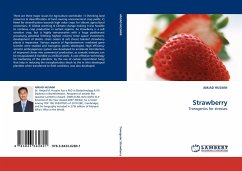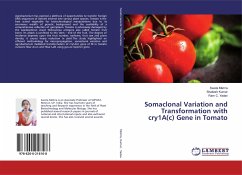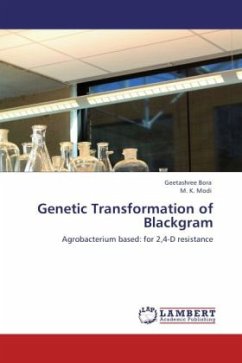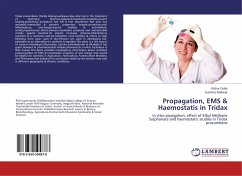Sorghum has a great potential as human food, animal feed and industrial raw material owing to its adaptability to drought and water logged conditions. However, sorghum as a crop suffers significantly from an array biotic and abiotic stresses. Sorghum also has poor nutritive quality due to low calcium content, lysine deficiency and reduced protein digestibility. Unfortunately sorghum improvement has relied on traditional breeding approaches for many years, but these avenues can only exploit variation present in species that can be crossed with sorghum. The work presented in this book describes systems that are potential avenues of improving this valuable crop. Candidate sorghum genotypes for genetic transformation have been earmarked in this study and can be used as systems to introgress foreign genes into non recalcitrant but commercially viable sorghum genotypes.
Bitte wählen Sie Ihr Anliegen aus.
Rechnungen
Retourenschein anfordern
Bestellstatus
Storno








